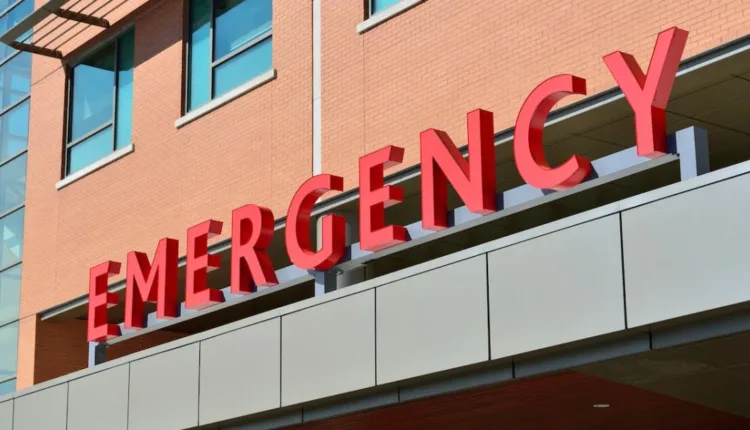
Free Hospital Care Promotion: Beneficial or Potential Backlash?
TL/DR –
The article discusses the financial practices of nonprofit hospitals in the US, which are facing scrutiny for their aggressive billing practices and lack of sufficient charity care despite receiving substantial tax breaks. Research by the health policy research group KFF revealed that these hospitals provided $16 billion in charity care in 2020 compared to their $28 billion in tax breaks, creating a $12 billion gap. Various states have issued their own requirements regarding hospital charity care, but critics warn that such strategies could have detrimental effects, particularly on safety-net hospitals and underserved communities.
Nonprofits Hospitals Under Fire for Insufficient Charity Care
Medical bills have burdened 100 million Americans with debt. The need for necessary care such as chemotherapy, diabetes medicine, and surgeries is pushing many to financial extremes. Nonprofit hospitals, despite significant tax breaks, contribute insufficiently to charity care.
Concerns Raised over Nonprofit Hospitals’ Financial Practices
According to health policy research group KFF, around 3,000 nonprofit hospitals in the U.S. provided $16 billion in charity care in 2020, while enjoying about $28 billion in tax breaks. This discrepancy has raised concerns among policymakers and prompted scrutiny of aggressive billing practices amplified by the ongoing U.S. healthcare crisis.
Insufficient Charity Care Provision by Nonprofit Hospitals
A 2021 study discovered that for-profit hospitals spend more on charity care than nonprofits, with data showing $3.80 of every $100 spent on charity care by for-profit institutions compared to only $2.30 by nonprofits. The study also revealed significant variations in the provision of free and discounted care among nonprofit hospitals.
Government Oversight and Nonprofit Hospital Tax-exempt Status
The U.S. Federal Government has not clearly defined the amount of free care or benefit community hospitals must provide. Despite this, the Internal Revenue Code does require health systems to establish policies about how they distribute free or discounted care and document totals on their tax returns. Still, government watchdogs claim that oversight is lax, noting that no hospital’s tax-exempt status has been revoked over a lack of charity care in the past decade.
Strategies to Address Underserved Communities and Safety-net Hospitals
States have begun experimenting with their own laws to remedy these issues. Critics, however, warn that strategies aiming to align nonprofits’ tax breaks more closely with their provision of charity care could have unintended consequences, particularly in marginalized neighborhoods. Safety-net hospitals, which treat a high percentage of low-income and uninsured patients, are of particular concern. Many have already faced financial hardships and are at risk of cutting services or shutting down, which could harm patients they aim to support.
The Impact of Nonprofit Hospitals Going For-Profit
Over the last five years, 29 nonprofit hospitals were acquired by for-profit companies. These for-profit hospitals tend to chase profits more aggressively, focusing less on patient needs. A recent study found that nonprofit hospitals are 6% more likely to offer high-value but financially losing services like burn units, hospice, substance use treatment, and psychiatric care compared to for-profit hospitals.
The Ongoing Health Coverage Crisis
With nearly 25 million Americans uninsured and millions more underinsured, policies that place the financial burden on hospitals fail to address the systemic issues of the U.S. health care system. High costs and lack of universal coverage continue to be significant problems, which hospitals alone cannot solve.
—
Read More Health & Wellness News ; US News
